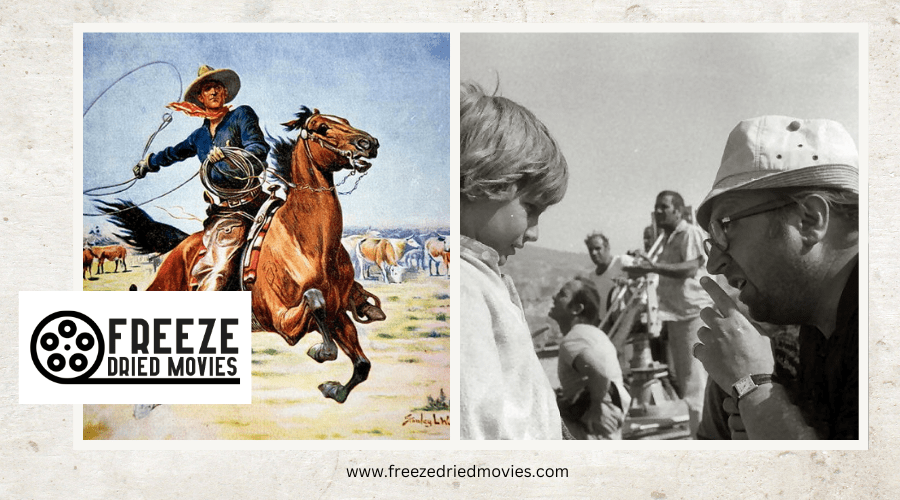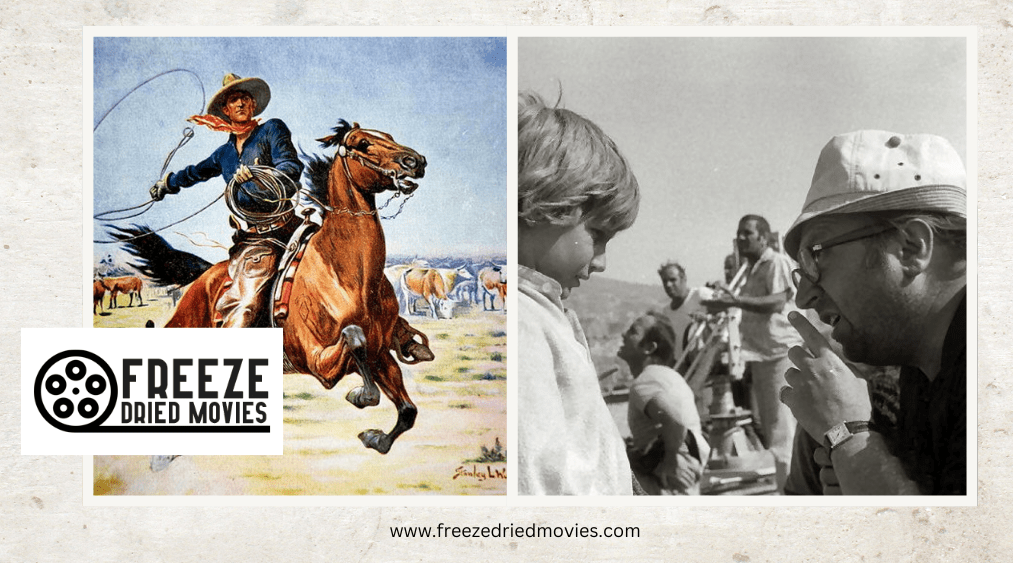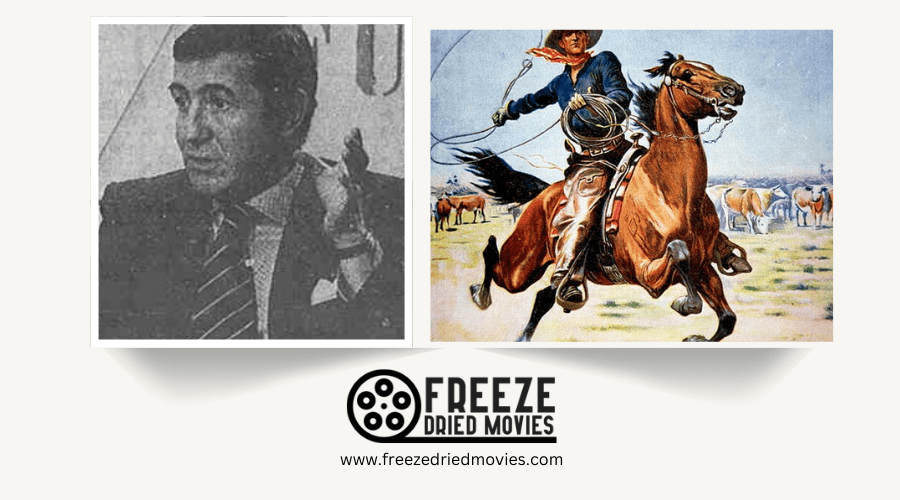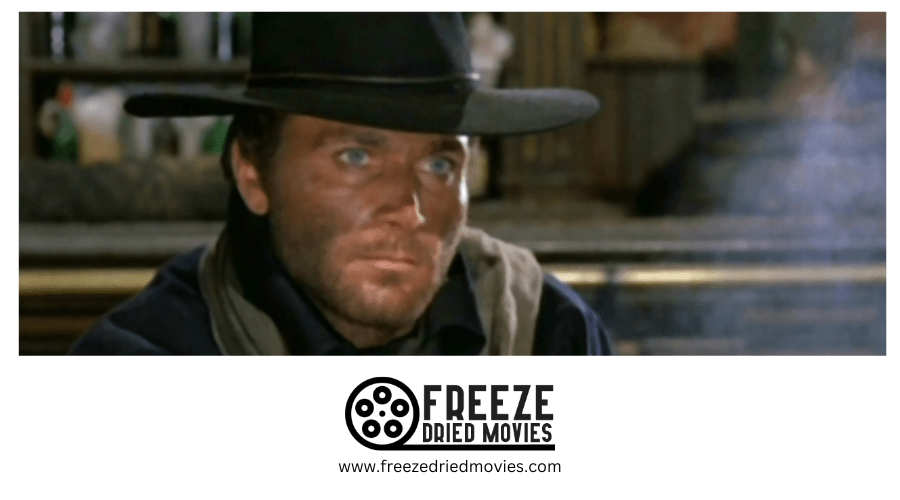How Modern Directors Channel Sergio Leone’s Style Today

You've likely noticed the shadowy figures, extreme close-ups, and tense standoffs that define modern Westerns and action films. These aren't just stylistic choices—they're direct nods to Sergio Leone's revolutionary filmmaking. When you watch Tarantino's lingering face shots or hear the haunting whistles in a Villeneuve desert scene, you're experiencing Leone's enduring influence. His visual language speaks through today's directors, transforming ordinary moments into epic confrontations. But how exactly do contemporary filmmakers adapt these techniques for modern audiences?
Epic Landscapes and Desolate Vistas in Contemporary Cinema
While Sergio Leone's cinematic legacy endures through many aspects of his filmmaking, perhaps none is more visibly influential than his masterful use of sweeping, desolate landscapes. You'll find his visual style replicated by directors like Denis Villeneuve and Alejandro Iñárritu, who transform barren environments into powerful storytelling elements in films like Blade Runner 2049 and The Revenant.
The harsh desert settings in Zack Snyder's Watchmen and Mad Max: Fury Road deliberately echo the rugged terrains of Leone's Spaghetti Westerns. Similarly, Tarantino's snow-covered expanses in The Hateful Eight pay homage to Once Upon a Time in the West's mythical wilderness. The Coen Brothers and cinematographers like Roger Deakins have adopted Leone's dramatic framing techniques, using landscape cinematography to create moral ambiguity in modern Western genre films.
Much like the 1950s Westerns that used Monument Valley's formations to establish mood and amplify the untamed essence of the frontier, contemporary filmmakers continue to harness distinctive landscapes as integral narrative components rather than mere backdrops.
The Modern Revival of Extreme Close-Ups and Face-Off Sequences
Beyond Leone's panoramic vistas lies another signature technique that's found new life in contemporary cinema: the extreme close-up. You'll notice today's most celebrated filmmakers continue to harness this powerful device to create unforgettable face-off sequences.
Here's how modern directors channel Leone's close-up mastery:
- Quentin Tarantino crafts suspense through deliberate pacing and lingering facial shots, particularly evident in Reservoir Dogs' Mexican standoff.
- Denis Villeneuve's Sicario employs tight framing and minimal dialogue to heighten emotional intensity during standoffs.
- James Mangold directly applied Leone's influence to the climactic duel in 3:10 to Yuma, using close-ups to reveal conflicted character motivations.
- The Coen brothers pay homage through True Grit's tense confrontations, mirroring Leone's iconic slow-burn Western showdowns.
Many contemporary cinematographers, like Rodrigo Prieto, enhance these intimate moments with chiaroscuro lighting techniques that emphasize character emotion while maintaining an unobtrusive presence on set.
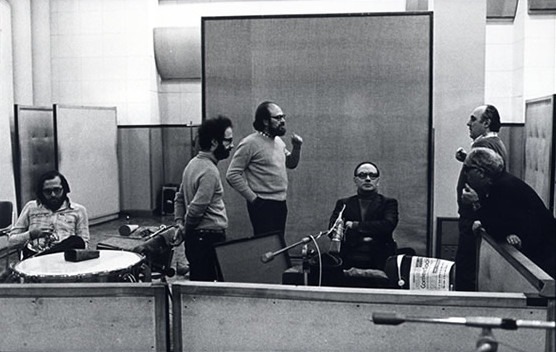
Morricone's Legacy: Musical Tension in Today's Film Scores
As Sergio Leone's eye crafted unforgettable visuals, Ennio Morricone's ear defined the sonic landscape of the Spaghetti Western—a partnership whose influence reverberates through modern cinema's soundscapes.
You'll hear Morricone's legacy in contemporary film scores that employ his signature "dynamic immobility" technique—creating tension through pedal points and unresolved harmonies. Today's composers frequently adopt his unconventional instrumentation and vocal textures to build atmosphere, working efficiently within production constraints just as the maestro did.
The sonic iconography Morricone pioneered—those distinctive whipcracks and gunshots from the Western genre—continues to inform modern orchestration approaches. His experimental techniques have transcended film music entirely, inspiring avant-garde musicians to push boundaries.
When you feel that spine-tingling anticipation in today's scores, you're experiencing Morricone's enduring influence on the art of musical storytelling. Much like the horror composers of the 1950s who utilized dissonant chords to evoke fear, Morricone mastered the art of creating emotional tension through careful orchestration and innovative sound design.
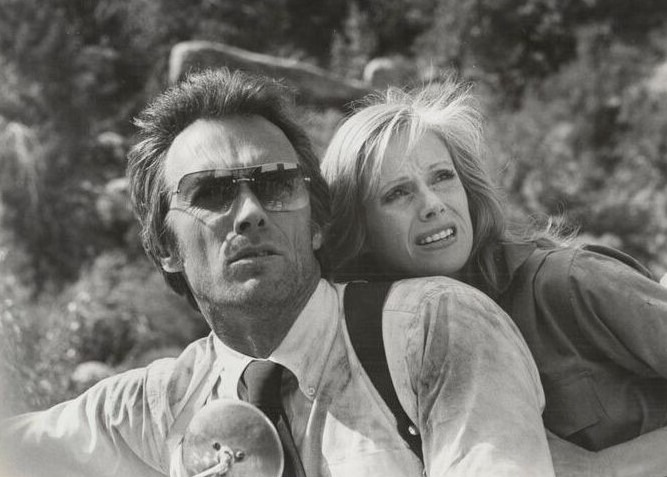
From the Man With No Name to Modern Antiheroes
Leone's influence extends beyond mesmerizing visuals and haunting soundtracks to fundamentally reshape character archetypes in modern cinema. The morally ambiguous protagonists in his Spaghetti Westerns, particularly Clint Eastwood's Man with No Name, created the template for today's complex antiheroes.
You'll find Leone's character legacy in:
- Tarantino's flawed protagonists who inhabit ethical grey zones
- Breaking Bad and The Sopranos' psychologically complex antiheroes
- Visual storytelling that reveals character through action rather than exposition
- Gritty, realistic portrayals that reject simplistic hero/villain dichotomies
This shift from Eastwood's stoic gunslinger to today's nuanced antiheroes demonstrates how Leone's approach to character construction continues to influence filmmakers who prioritize moral complexity over traditional heroic archetypes.
Deliberate Pacing and Extended Showdowns in 21st Century Filmmaking
Perhaps the most distinctive hallmark of Leone's cinematic language, his deliberately slow pacing and meticulously staged showdowns, continues to shape how modern directors build tension in their films.
When you watch Tarantino's The Hateful Eight or Django Unchained, you'll recognize the painstaking tension buildup that defined Sergio Leone's spaghetti western genre.
Villeneuve's Dune similarly embraces the protracted confrontation style that made A Fistful Of Dollars revolutionary.
Leone's films transformed Western movies through patient storytelling that valued visual composition over dialogue—a technique Robert Rodriguez channels in his Mexico Trilogy with those iconic close-ups of weathered faces.
Park Chan-wook similarly adopts the meditative rhythm Sergio Leone made famous, often paired with score techniques reminiscent of Ennio Morricone's haunting arrangements.

